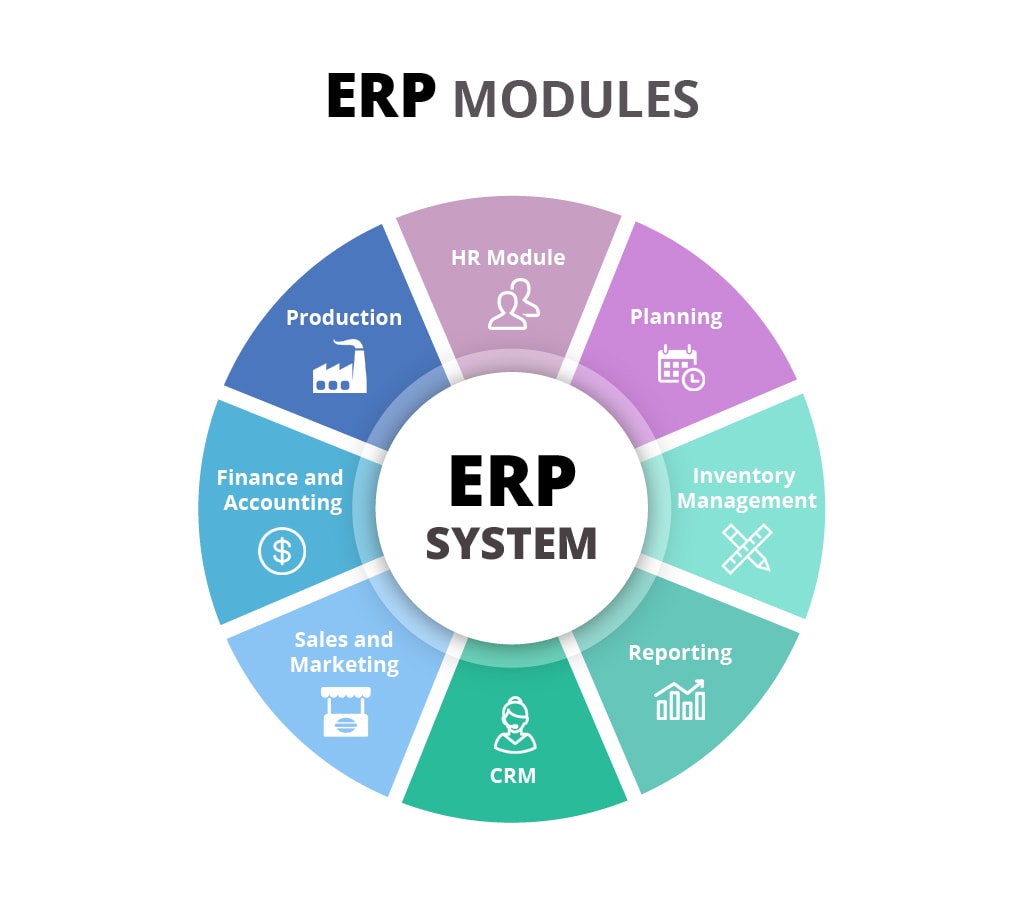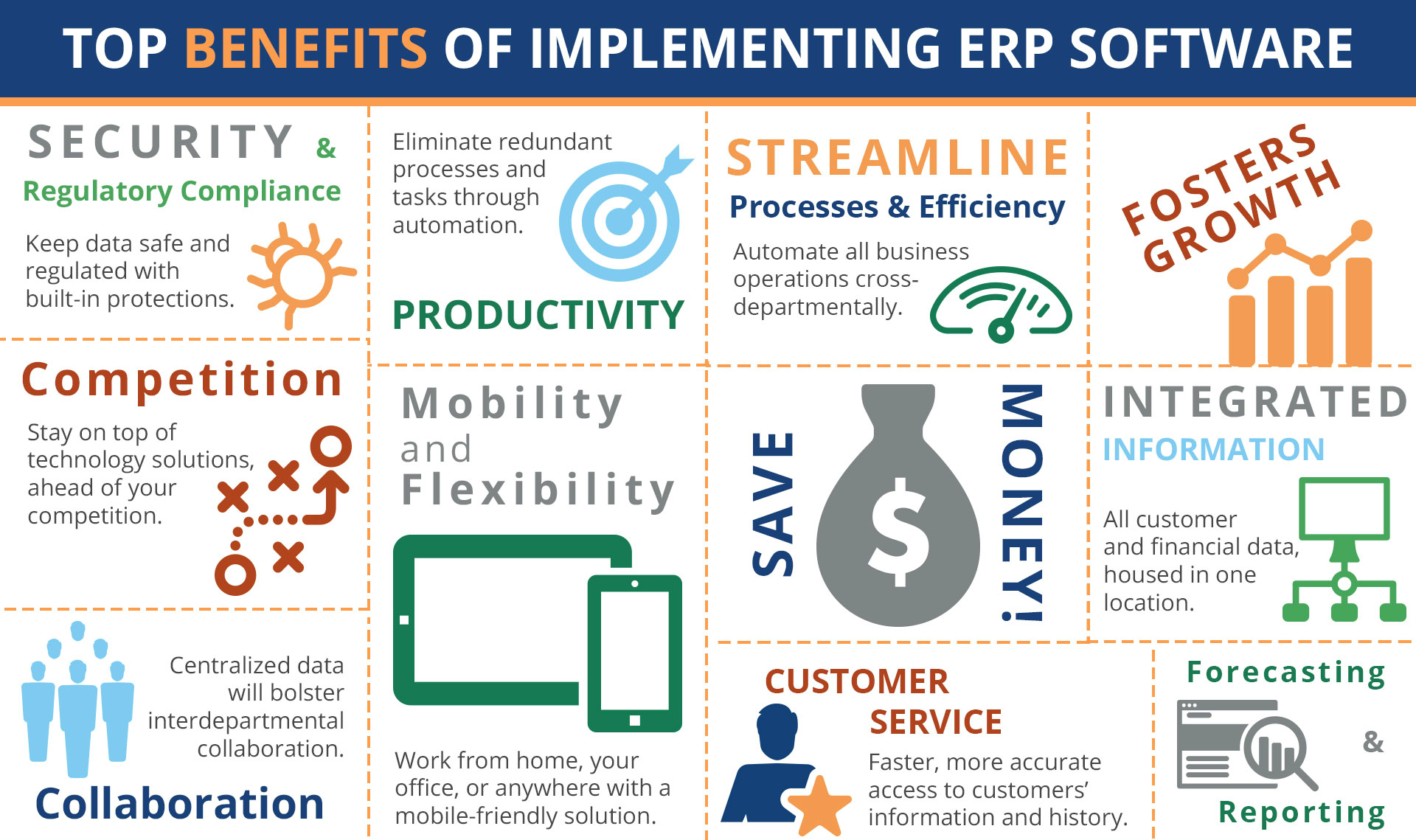

The DBMS architecture classification Components of DBMS It uses atomicity, consistency, isolation, and durability (ACID) to store data. It maintains the relationship between its integrated tables of data. It maintains databases present in the computer network and system hard disk. It does not support distributed databases. Data is stored in a row-based table structure. Difference between RDBMS and DBMS DBMS RDBMS Only one user can operate at a time. Apart from that, it is easy to implement. It is the most desired type of DB worldwide because it enables companies to store and retrieve vast amounts of data. Generally, RDBMS uses SQL( Structured query language) to access the database. It enables IT staff to easily create, update, monitor, and retrieve the database. RDBMS stores data in a row-based table structure. Relational database management system (RDBMS) This makes them well-suited for applications where data is constantly changing, such as inventory management. Network databases are similar to hierarchical ones but with a more flexible structure that allows for multiple paths between records. Overall, each type of DBMS has its advantages and disadvantages, so it’s essential to carefully consider your needs and requirements before deciding which one to use.
#Erp database example software
This makes them more intuitive for programming applications and easier to work with when developing new software products. Object-oriented databases are similar to relational ones, but they allow you to store data in the form of objects rather than tables and columns.

While they’re not as common today as other types of databases, flat files are still helpful for simple applications that don’t need to store much data or perform complex queries. Flat-filesįlat-files DBMS is another type of database, but they store data in a simple text file instead of using more complex structures like tables and objects. They’re typically used in situations where data is structured and doesn’t often change, such as in EHR systems. Hierarchical databases are based on a parent-child relationship between data records. They’re often used for storing financial data, customer information, and other types of business data. They store data in tables with rows and columns, making them easy to query and update. Relational databases are the most popular type of DBMS.

Grade file: It stores the data of scores of each student.Section file: It stores the information of sections of each class.Student file: It stores all the information like the name, residential address, and phone number of the parents of each student.The database will be arranged as follows. This school database maintains information about students, sections, grades, staff, and related information. We can take a school database, for example.


 0 kommentar(er)
0 kommentar(er)
